43 what is sugar alcohol on food labels
TTBGov - Alcohol Beverage Labeling Alcohol Beverage Labeling: Statements Related to Calorie and Nutrient Content, Serving Facts, Alcohol Facts, and Sugar Content. TTB regulations do not require nutrient content labeling for alcohol beverages. TTB allows truthful, accurate and specific calorie or carbohydrate statements on labels, but considers such statements to be misleading ... What to Know About Sugars on the Nutrition Facts Label The new FDA Nutrition Facts label presents information about sugars in two ways that are different from the original label. First, the amount of sugar found in one serving of a product is now displayed as "Total Sugars.". This information was previously displayed on the original label as "Sugars.". Second, there is a new line on the ...
Sugar Alcohols: Food Sources & Effects on Health - WebMD Sugar alcohols are sweeteners that have about half the calories of regular sugar. They occur naturally in certain fruits and vegetables, but some are man-made and are added to processed...
What is sugar alcohol on food labels
What are Sugar Alcohols? - PCNA What are these sugar alcohols, anyway? Sugar alcohols, known as polyols, appear as ingredients in many products labeled "sugar-free" or "no sugar added." Sugar alcohols commonly seen on food labels are mannitol, sorbitol, xylitol, erythritol, and hydrogenated starch hydrolysates. 13 Simple Ways to Stop Eating Lots of Sugar - Healthline Jul 22, 2021 · Most added sugars in the American diet come from sugary drinks — sodas, sports drinks, energy drinks, sweetened teas, and others ().Additionally, drinks that many people perceive as healthy ... Food labelling - Making Sense of Sugar - UK Reference Intake labels show you the energy (both in kJ and kcals, but most of us know these as calories) per 100g or per 100ml, and the amounts of energy, fat, saturates, sugars and salt in a serving or a portion, along with the % Reference Intake of each nutrient and energy value. contains a high (red), medium (amber) or low (green) amount of ...
What is sugar alcohol on food labels. Showing the Specific Source of Sugar Alcohol on a Nutrition Facts Label ... Since Sugar Alcohol is a voluntary nutrient it won't automatically appear on your Nutrition Facts Label so you will have to manually add it. With your Recipe open, click View Label. Click Edit Label and select Voluntary Nutrients. Check Sugar Alcohol. Click OK and you can see it's now on the label. Again, go to Edit Label. Sugar Alcohols - LabelCalc Food products sweetened with sugar alcohols tend to not have as high of an impact on blood sugar levels and are normally considered safe for consumption for those within the Diabetic community. ... The stress of creating a Nutrition Label for each food product can be daunting for both large corporations and small at-home businesses. Identifying Sugar Alcohols in Food - browardgi.com If you're health-conscious, you are probably an expert at reading product labels. But what about food that contains sugar alcohol as a sweetener? Sugar has become inextricably linked to our nutrition and way of life. The decision to consume sugar on a regular basis is increasingly in your hands. Sugar alcohols are a type of alternative carbohydrate that can cause symptoms in people with ... What Is Sugar Alcohol In Food? - allebt.org Sugar alcohols are a type of sugar that is not absorbed by the body. They are used in food to provide sweetness without having an effect on blood sugar levels. This Video Should Help: Sugar alcohol is a type of sugar that has been modified to have fewer calories. It is often used in low-calorie foods and drinks.
Added Sugars on the New Nutrition Facts Label | FDA Labels for foods and beverages with added sugars will list the number of grams and the percent Daily Value (%DV) for added sugars within the Nutrition Facts label. Having the word "includes"... Sugar Alcohols - How They Can Really 'Sweeten' a Label The answer is, just below your Total and Added Sugars! It is important to note that if sugar alcohols are used to support a claim, they MUST also be listed in the Nutrition Facts Panel. When considering the FDA's regulations, the traditionally delicious candy bar mentioned above lists nearly 30g of sugar per serving, but the 'sugar free ... Is Sugar Alcohol Bad For You? (Or Is It Healthy?) - BuiltLean Sugar Alcohol #2: Erythritol. Erythritol, another popular sugar alcohol, is: 1) virtually calorie-free (0.2 kcal/g); 2) not a laxative; and 3) still 70% as sweet as sugar. Erythritol is used in foods because its physical properties mimic sugar. It's not more widely used because it has a slight cooling effect, kind of like mint, which is ... Sugar alcohol: Types, benefits, and risks - Medical News Today Feb 12, 2018 · Many foods labeled “sugar-free” or “no added sugar” still provide calories, fat, and carbohydrates. All consumers should read food labels so that they are aware of the nutritional information.
Are Sugar Alcohols Keto-Friendly? - Healthline May 19, 2020 · Sugar alcohols occur naturally in some fruits and vegetables. However, most are commercially manufactured in a lab ().While there are many types of sugar alcohols, common ones you may see on food ... Sugar labelling - Food Standards Sugar labelling. The Australia New Zealand Food Standards Code (the Code) includes requirements for food labels to include the total amount of sugars in the nutrition information panel (NIP). Total sugars includes sugar that is naturally present in the food and sugar that has been added as an ingredient. The Code contains requirements for foods ... Cleveland Clinic "Sugar alcohols are a type of carbohydrate and have a chemical structure that's similar to sugar," says Bissell. Food manufacturers use sugar alcohols to sweeten their products while reducing calories. "They stimulate the tongue's sweet taste buds, adding flavor without extra sugar or calories," explains Bissell. Food Politics by Marion Nestle Just for fun, I looked up the alcohol labeling chapter in my book with Malden Nesheim, Why Calories Count: From Science to Politics. We titled the chapter, “Alcohol labels: industry vs. consumers.” Here, for your amusement, is the table illustrating current labeling requirements.
Manage Blood Sugar | Diabetes | CDC - Centers for Disease ... How do carbs affect blood sugar? Carbs in food make your blood sugar levels go higher after you eat them than when you eat proteins or fats. You can still eat carbs if you have diabetes. The amount you can have and stay in your target blood sugar range depends on your age, weight, activity level, and other factors.
List of ingredients and allergens on food labels - Canadian ... The vanilla extract is a component of the cookies (second generation) and contains alcohol. The alcohol is a component of the vanilla extract, which can also be referred to as an ingredient of a component within the ice cream (third generation), therefore does not need to be declared in the list of ingredients.
LABEL READING: CARBOHYDRATES AND SUGARS - Renaissance Nutrition Center ... Sugar alcohols. Other Carbohydrates. ... On food labels, "sugar" also refers to sugar-based sweetening agents, such as high-fructose corn syrup and sucrose. These very sweet sugars are blends of fructose and glucose and do not naturally occur in foods and drinks. At this point, you cannot tell how much sugar the manufacturer has added; when ...
Nutrition Labeling Summary Sheets | FDA Sugar Alcohol (May state specific sugar alcohol if only one) 101.9(C)(6)(iii) ... Not required on label if required or permitted by food standard & that standardized food ICincluded - an ...
Sugars on food labels - Sugar Nutrition Resource Centre Polys or sugar alcohols are naturally found in some fruits and used commercially in products such as chewing gum FIND OUT MORE Packaged foods in Australian and New Zealand must provide nutrition information on the labels, including ingredients, nutrition information panels and content claims.
What are Sugar Alcohols? - Diabetes Food Hub Products labelled "diet," "sugar-free," or "no sugar added" can also have sugar alcohols in the ingredients. If a product has sugar alcohols, you will see "Sugar Alcohol" listed under Total Carbohydrates on the Nutrition Facts label. You can then scan the ingredient list to see which sugar alcohols were added.
Counting Sugar Alcohols :: Diabetes Education Online Sugar alcohols may be found in products that are labeled "sugar-free" or "no sugar added." This can include sugar-free candies, chocolate, and energy bars. But don't be fooled - sugar alcohols are still a form of carbohydrate, and they still affect your blood sugar levels, if not as dramatically. Understanding Sugar Alcohols
Understanding sugar content on food labels - Diabetes Care Community On a food label, the total amount of carbohydrate in grams is listed first. This number includes starch, sugars and fibre. Fibre does not raise blood sugar levels and should be subtracted from the total carbohydrate. Say, for example, one serving of food contains 36 grams of carbohydrate, which includes 6 grams of fibre.
What Are Sugar Alcohols? Benefits vs. Risks - Dr. Axe Sugar alcohols — such as xylitol, erythritol and mannitol, among others — are commonly made in a lab. In small amounts, they also occur naturally in foods and plants like berries, seaweeds, pineapples, olives, asparagus and sweet potatoes. Most have a similar sweet taste as sugar, are mostly noncaloric or very low in calories.
Learning To Read Labels :: Diabetes Education Online Sugar alcohols may be found in products that are labeled "sugar-free" or "no sugar added." But don't be fooled - sugar alcohols are still a form of carbohydrate, and they still affect your blood sugar levels, if not as dramatically. Usually about half of the sugar alcohol is counted as carbohydrate. Learn more about counting sugar alcohols.
What Are Sugar Alcohols, and Are They a Healthy Sugar Swap? Sugar alcohols are a type of carb widely used as low calorie sweeteners. Although they closely resemble the taste of sugar, they don't exert the same negative effects of sugar, such as...
What are Sugar Alcohols? - Your Choice Nutrition Always compare food labels of "sugar-free" foods to the regular version to see how they compare in calories, fat, and total carbohydrates. Sugar alcohols are also sold as a replacement for granulated sugar in cooking and baking. Erythritol is the most common. Some brands include:
What Are Sugar Alcohols and Are They Healthy? - GoodRx Sugar alcohols are a type of carbohydrate that is similar to sugar. Sugar alcohols are added to foods and other products to improve flavor without the negative effects of sugar. There are both potential health benefits and downsides to consuming sugar alcohol. Eva-Katalin/E+ via Getty Images
Reading Food Labels | ADA - American Diabetes Association The Nutrition Facts labels on foods are really the key to making the best choices. We'll cover the basics so that these labels make shopping easier for you. You've heard it all. From carb-free to low-carb, to whole and empty carbs, it's hard to know what it all means. Blood sugar highs and lows aren't always easy to understand.
Sugar Alcohols on Nutrition Labels - ReciPal That includes: hydrogenated starch hydrolysates, isomalt, lactitol, maltitol, maltitol syrup, mannitol, sorbitol, sorbitol syrup, xylitol and erythritol. Of course, if you're listing sugar alcohol in your recipe you should review the Nutrition Breakdown and sense check the label to make sure it's correct. How To Add Information
Paws Off Xylitol; It's Dangerous for Dogs | FDA Jul 07, 2021 · Sugarless gum may contain xylitol, a class of sweetener known as sugar alcohol. Xylitol is present in many products and foods for human use, but can have devastating effects on your pet.
Sugar vs. Sugar Alcohol: What's the Difference? - Healthline Sugar alcohols are often used as lower calorie sweeteners in sugar-free chewing gum and candies, as food additives in processed foods, and in toothpaste, certain medications, and...
Food labelling - Making Sense of Sugar - UK Reference Intake labels show you the energy (both in kJ and kcals, but most of us know these as calories) per 100g or per 100ml, and the amounts of energy, fat, saturates, sugars and salt in a serving or a portion, along with the % Reference Intake of each nutrient and energy value. contains a high (red), medium (amber) or low (green) amount of ...
13 Simple Ways to Stop Eating Lots of Sugar - Healthline Jul 22, 2021 · Most added sugars in the American diet come from sugary drinks — sodas, sports drinks, energy drinks, sweetened teas, and others ().Additionally, drinks that many people perceive as healthy ...
What are Sugar Alcohols? - PCNA What are these sugar alcohols, anyway? Sugar alcohols, known as polyols, appear as ingredients in many products labeled "sugar-free" or "no sugar added." Sugar alcohols commonly seen on food labels are mannitol, sorbitol, xylitol, erythritol, and hydrogenated starch hydrolysates.

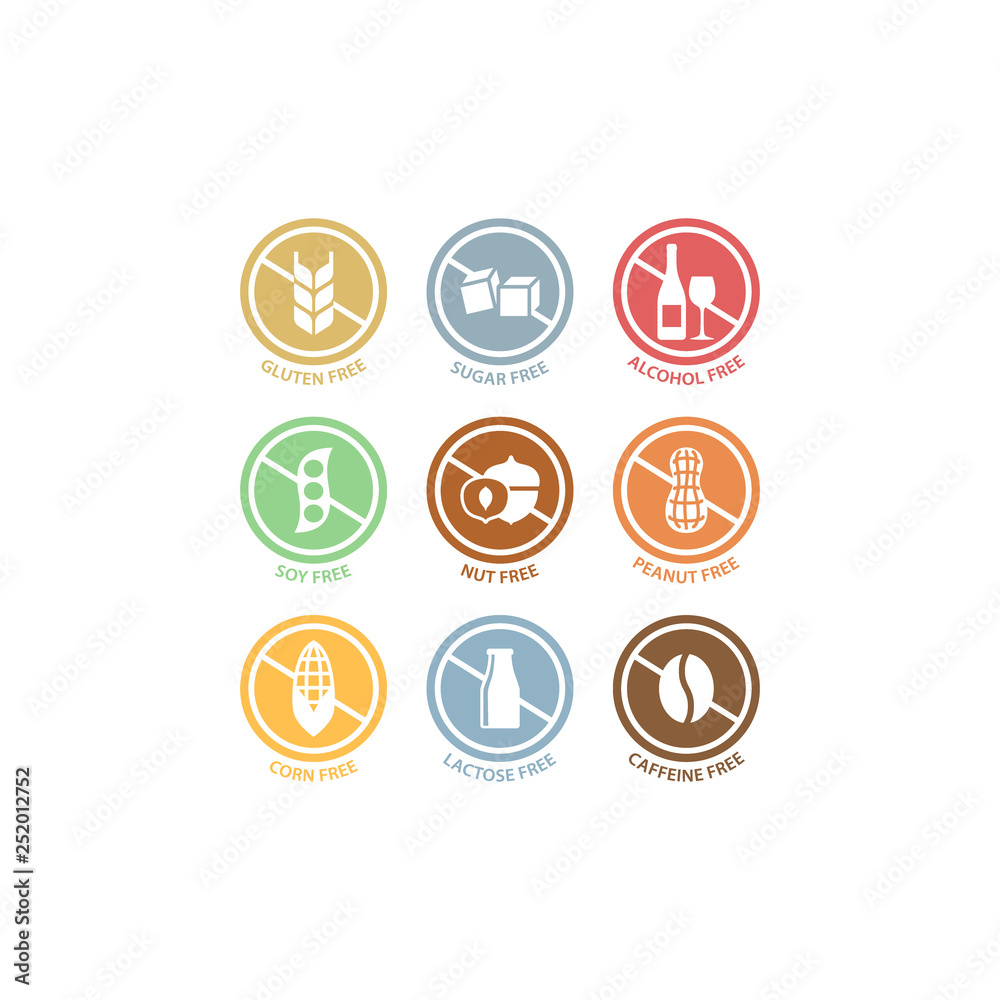
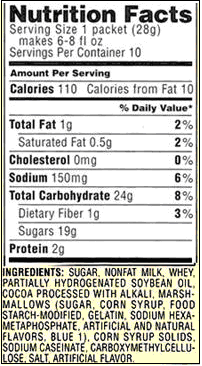


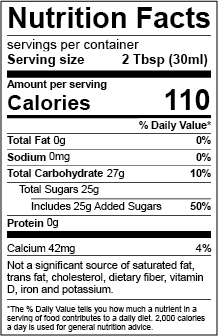




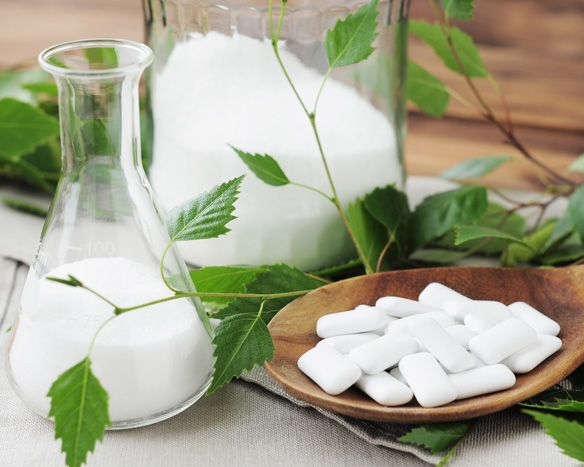

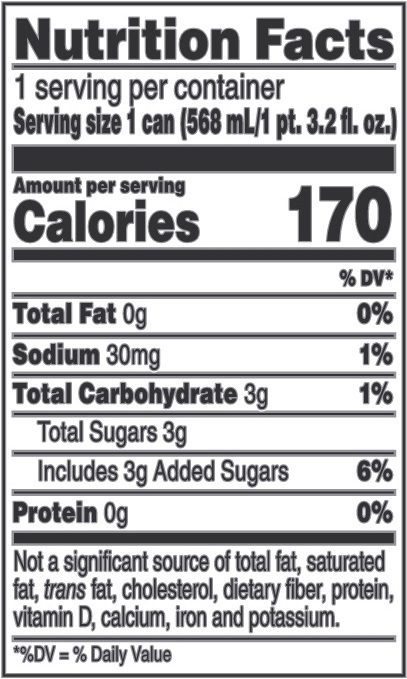
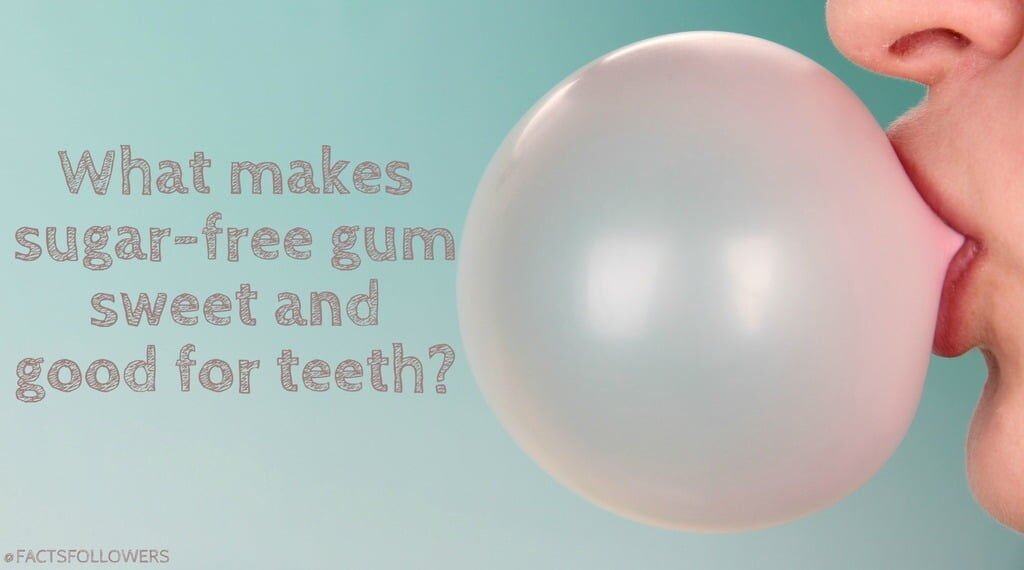

.jpg)

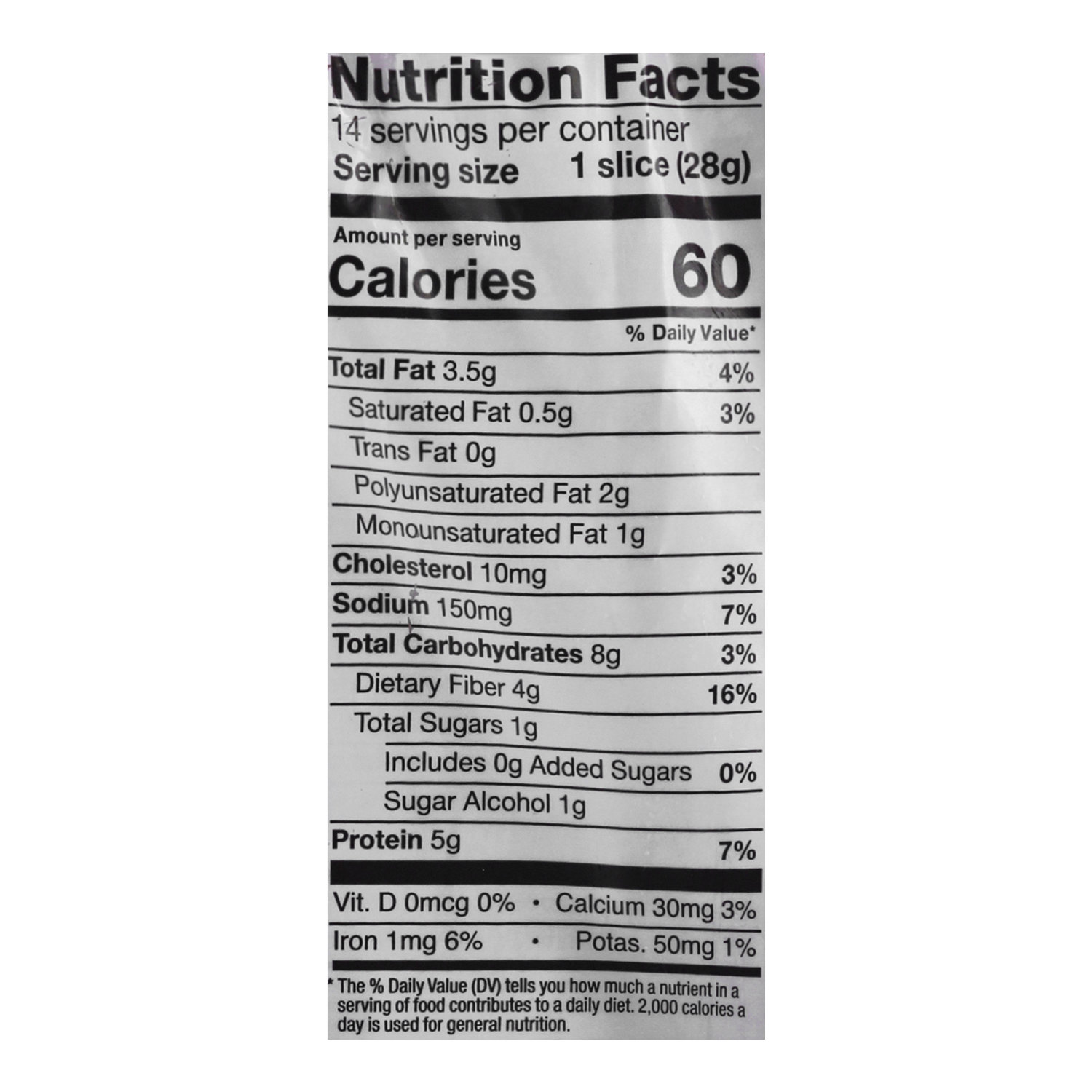


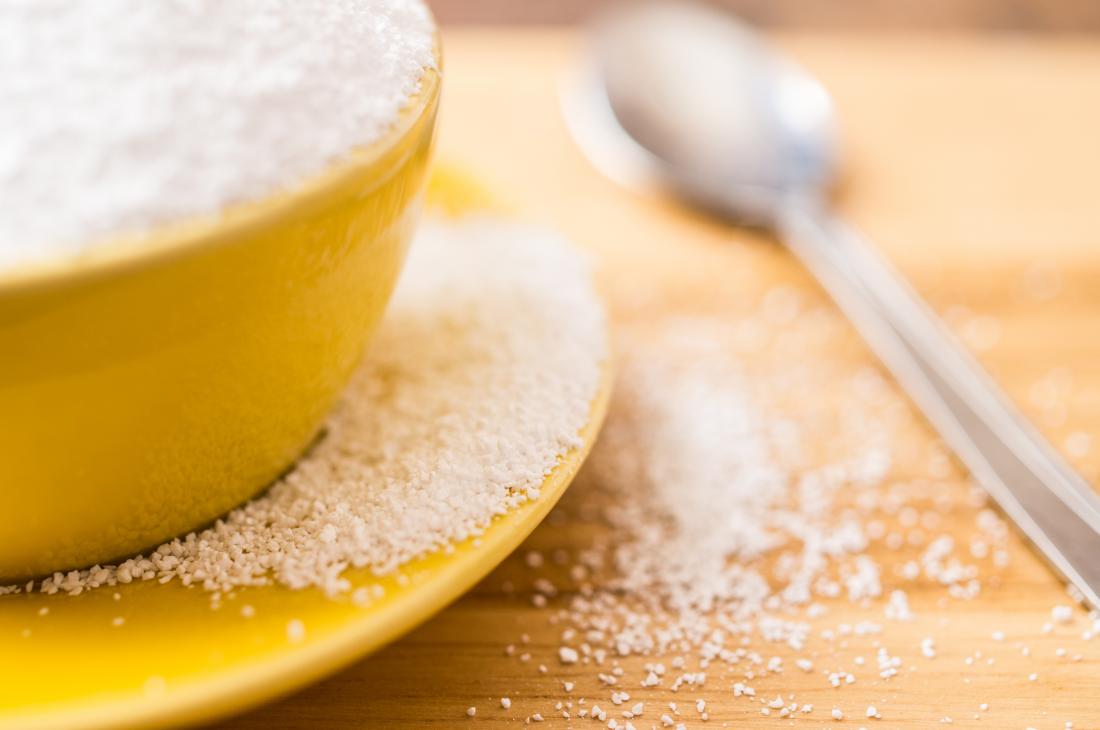
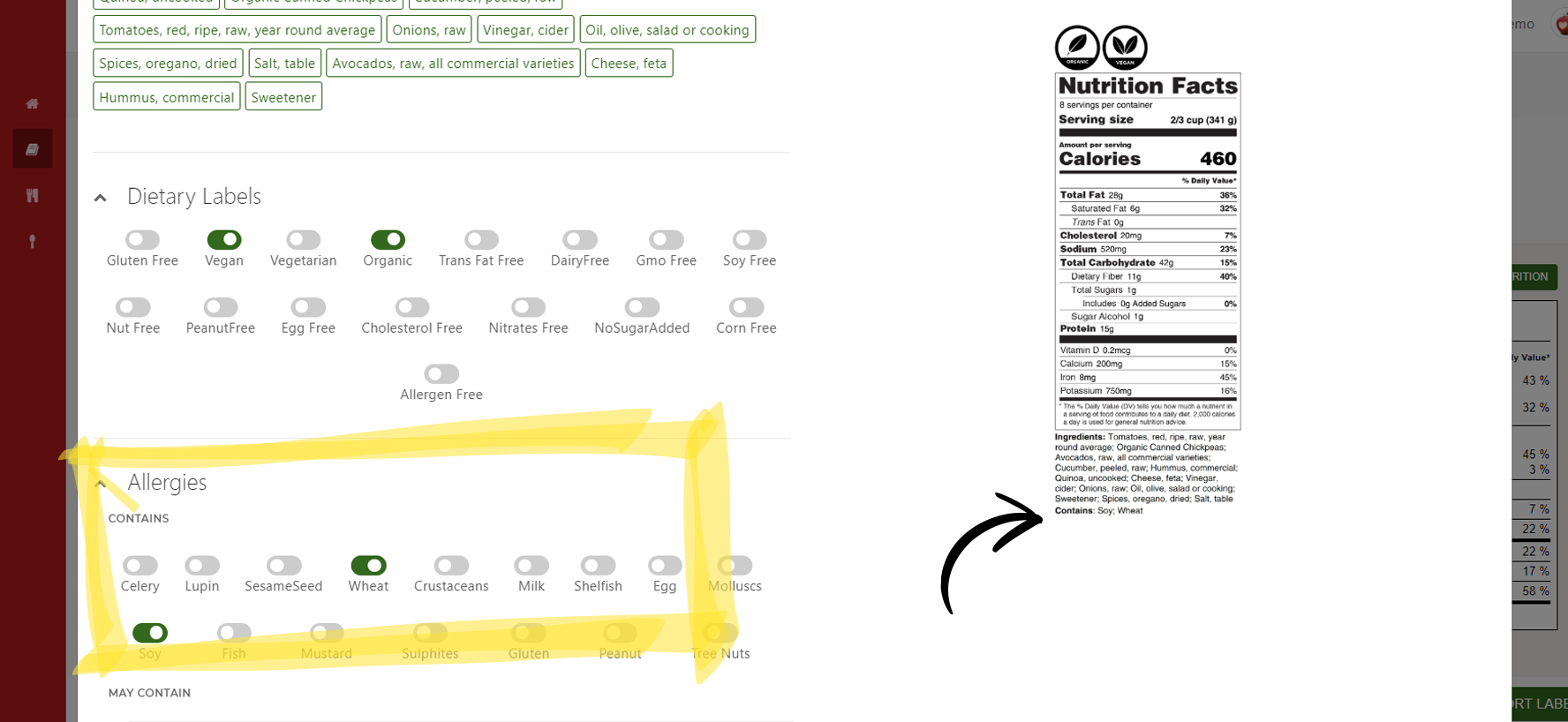
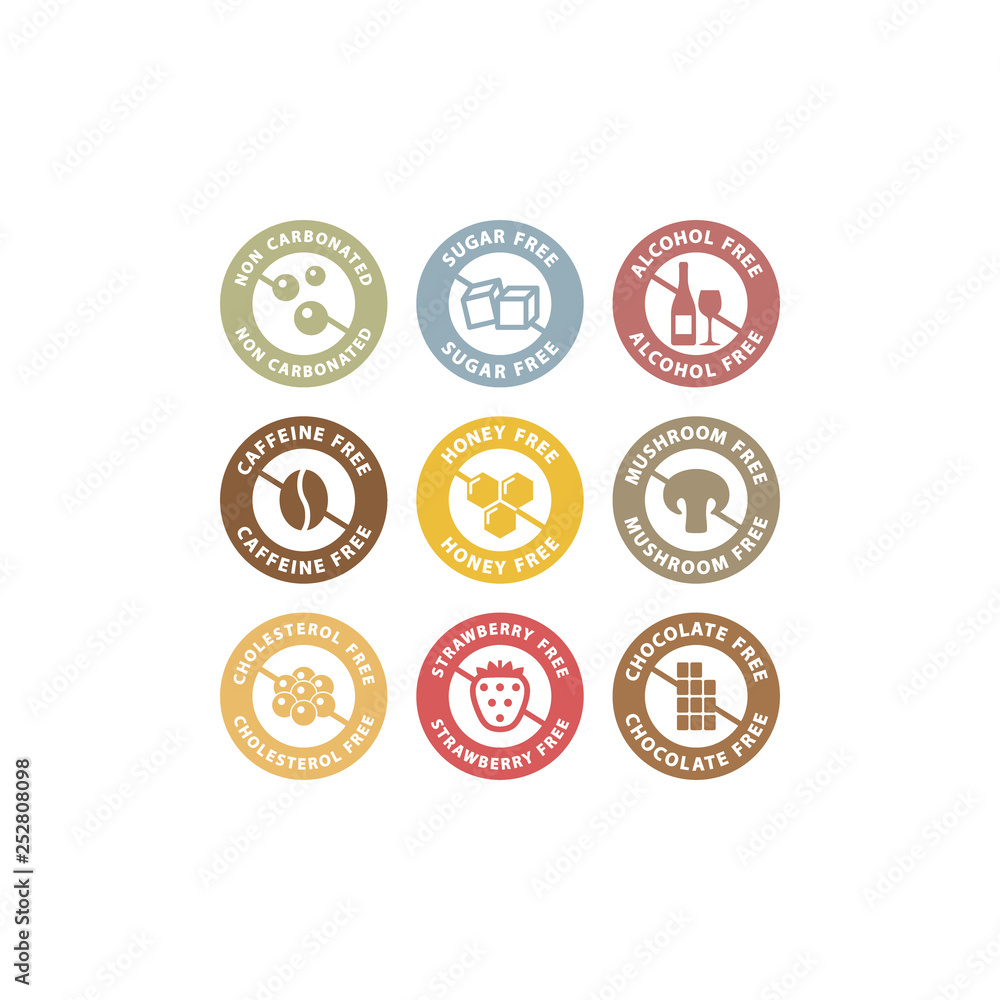
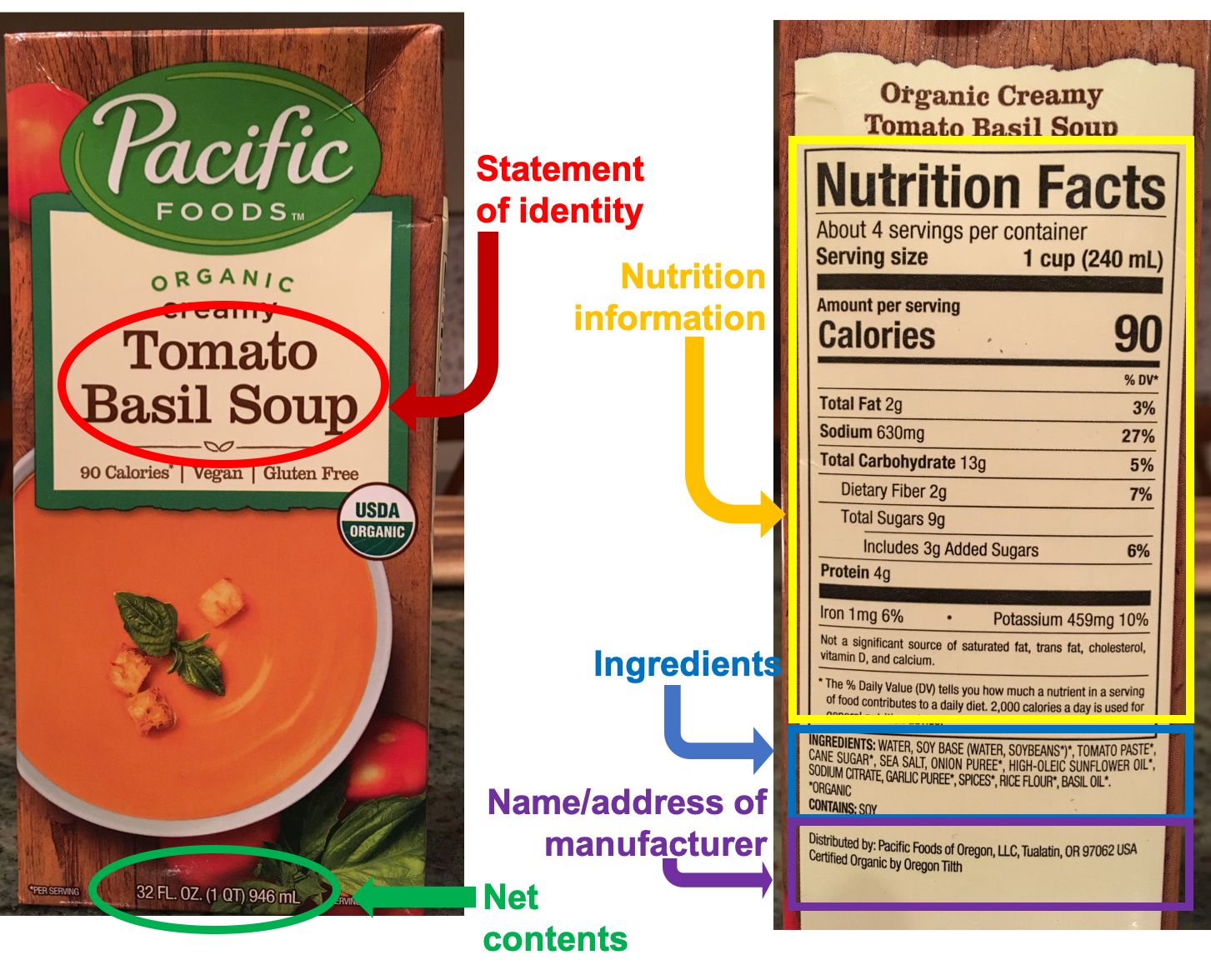
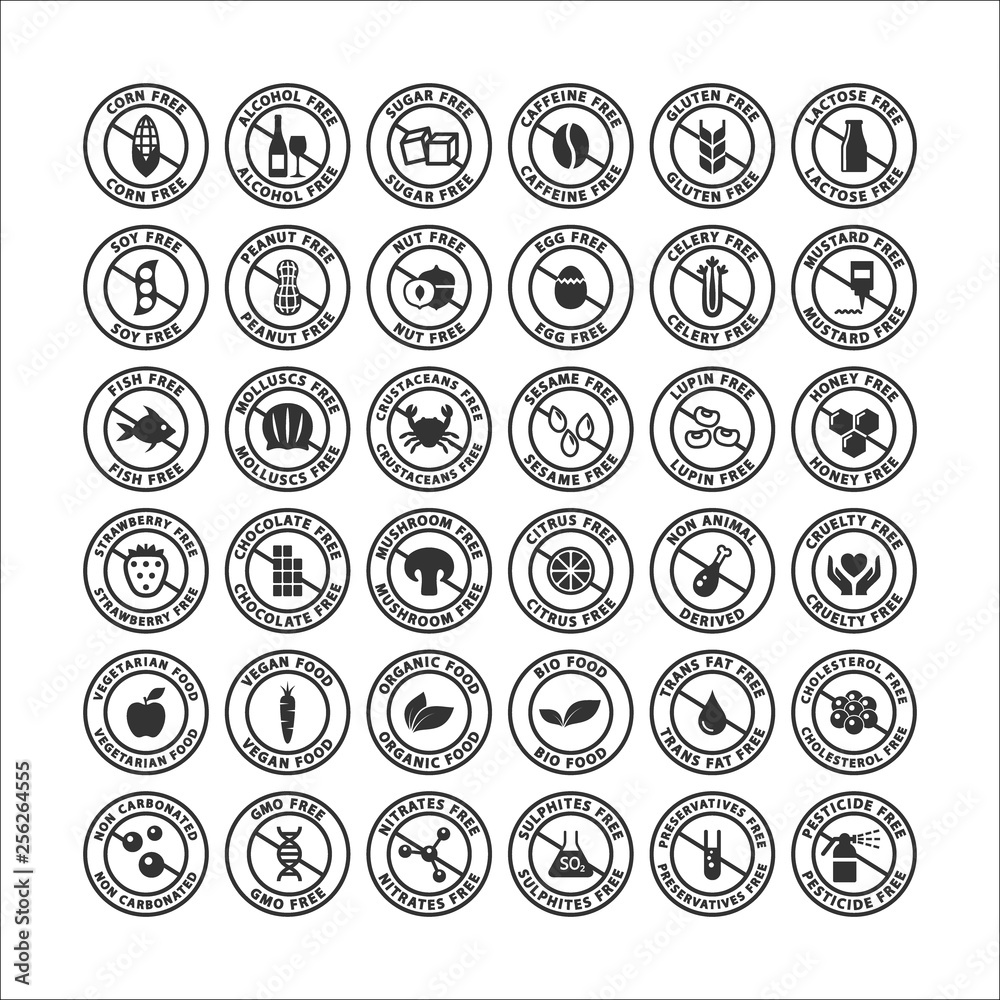

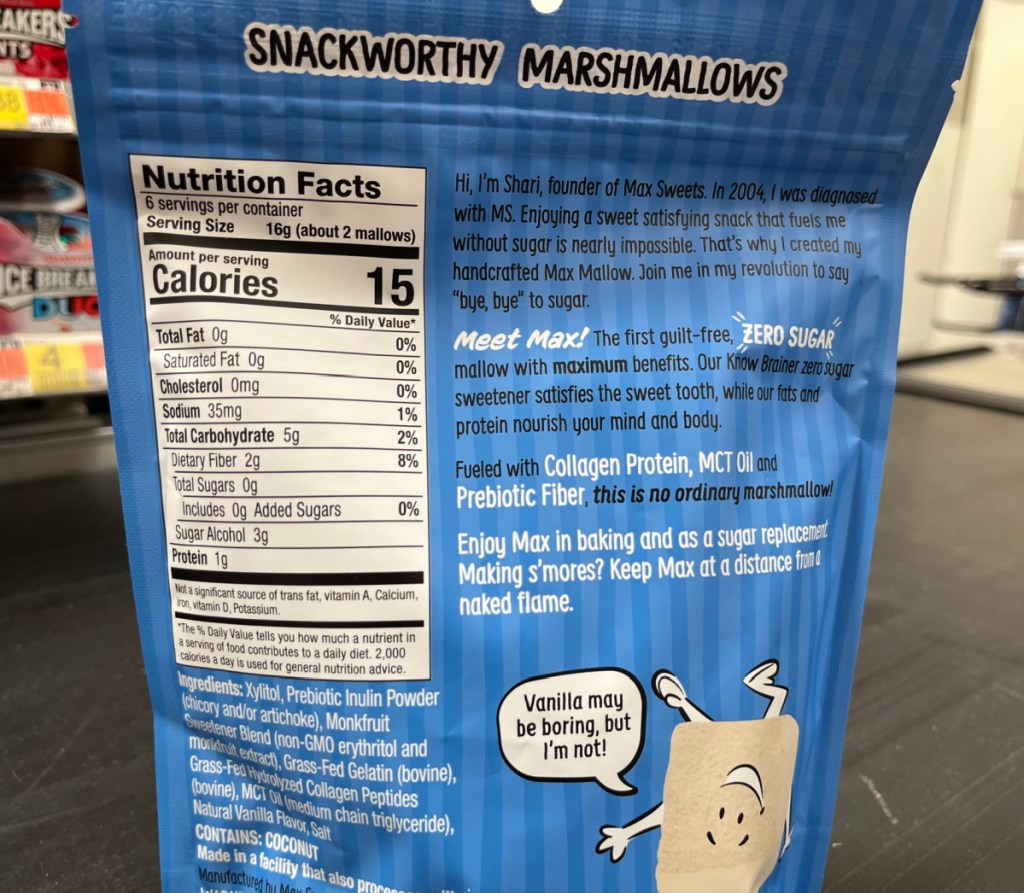



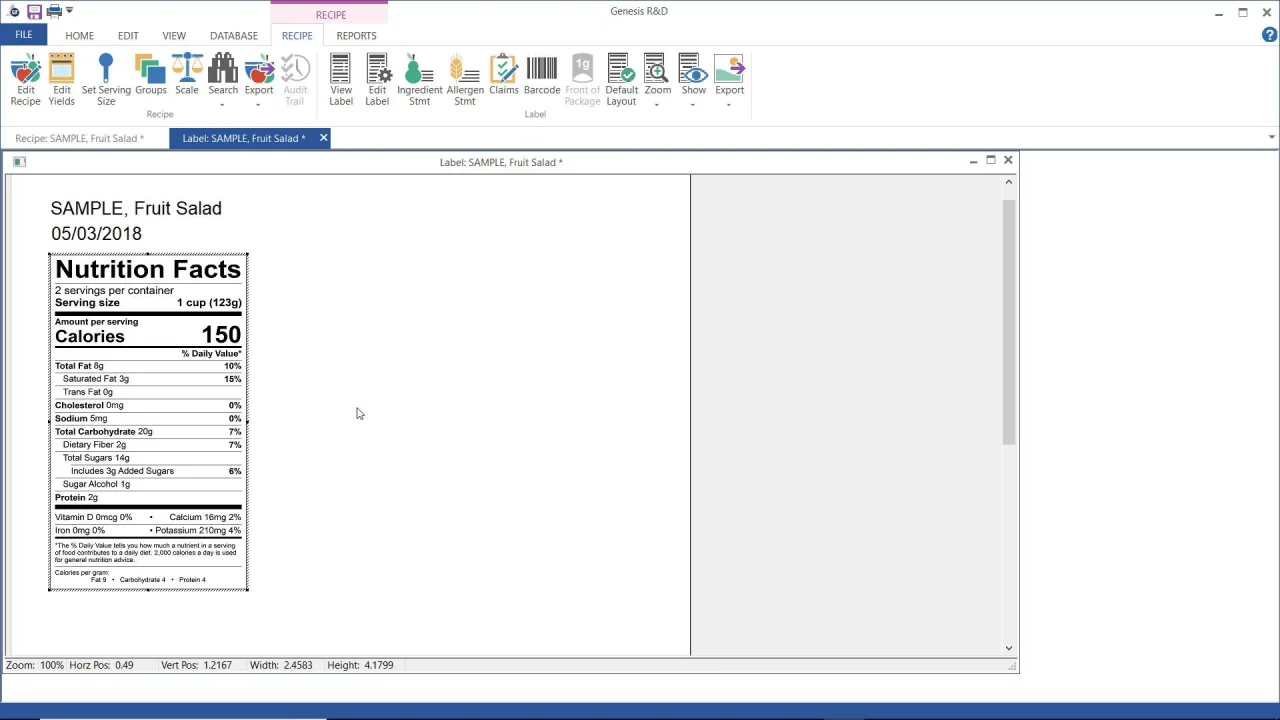


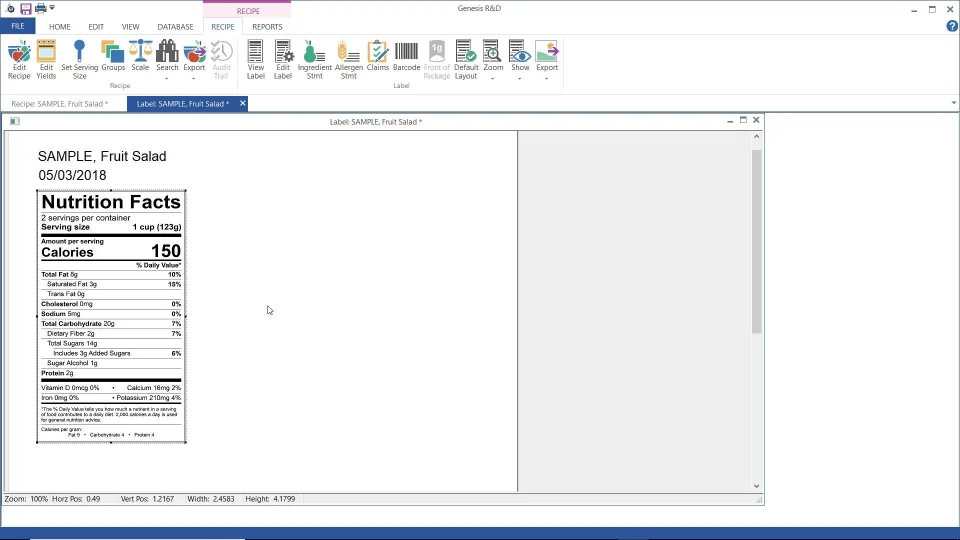

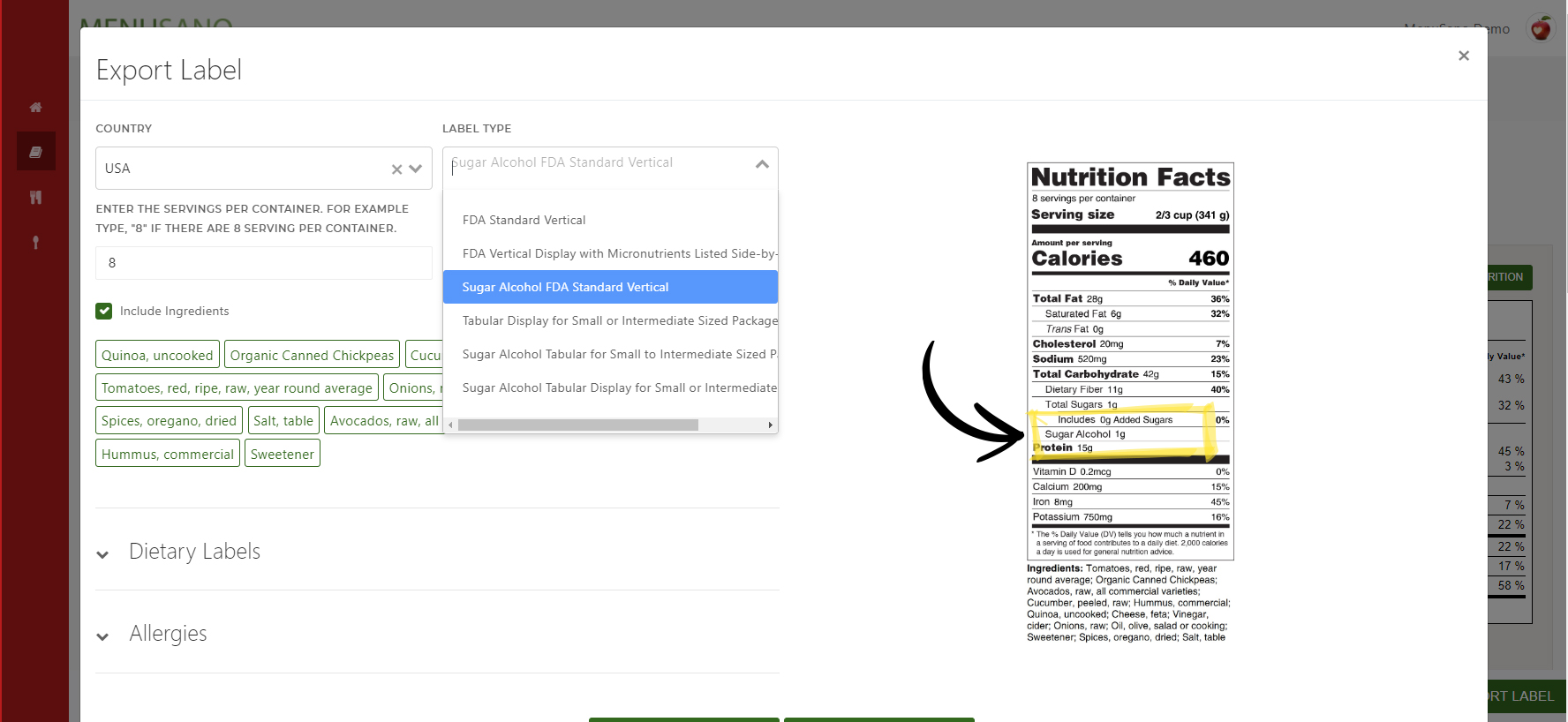

Post a Comment for "43 what is sugar alcohol on food labels"